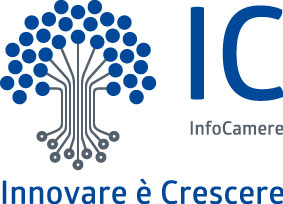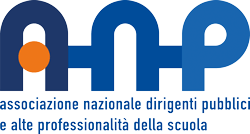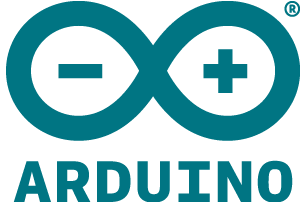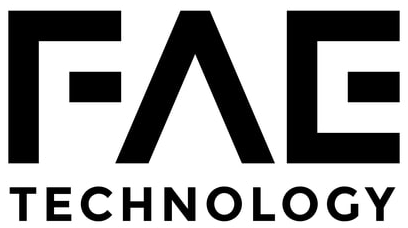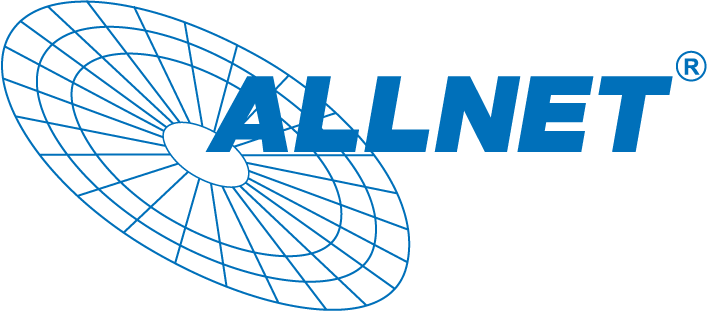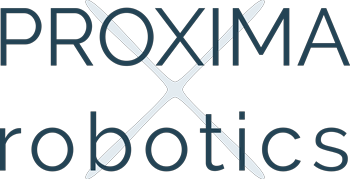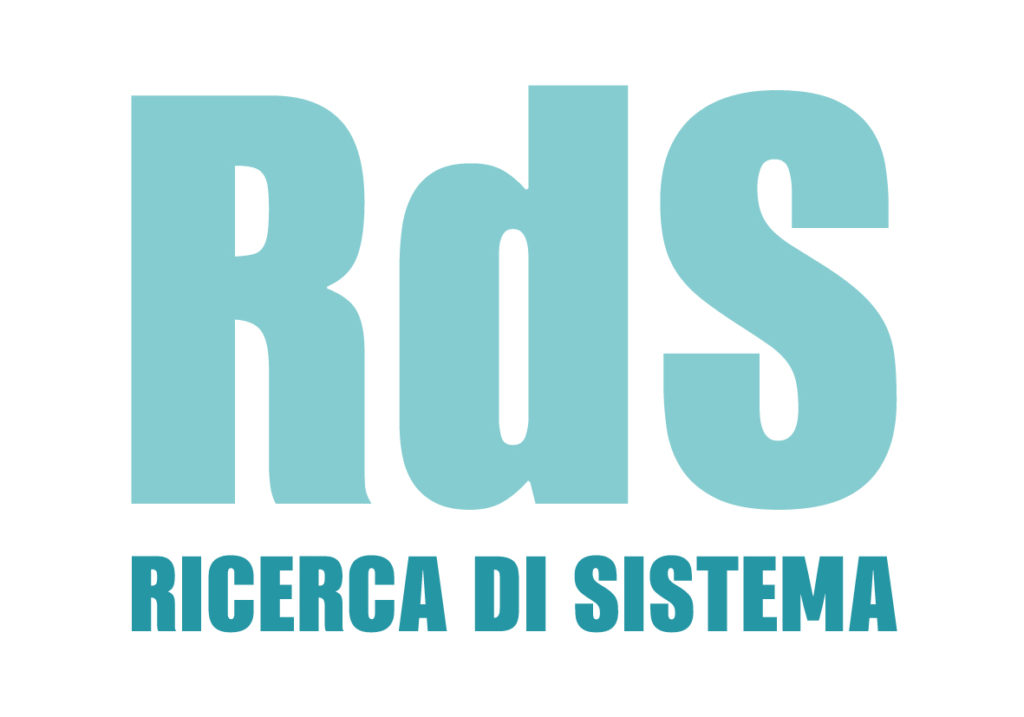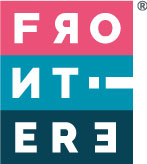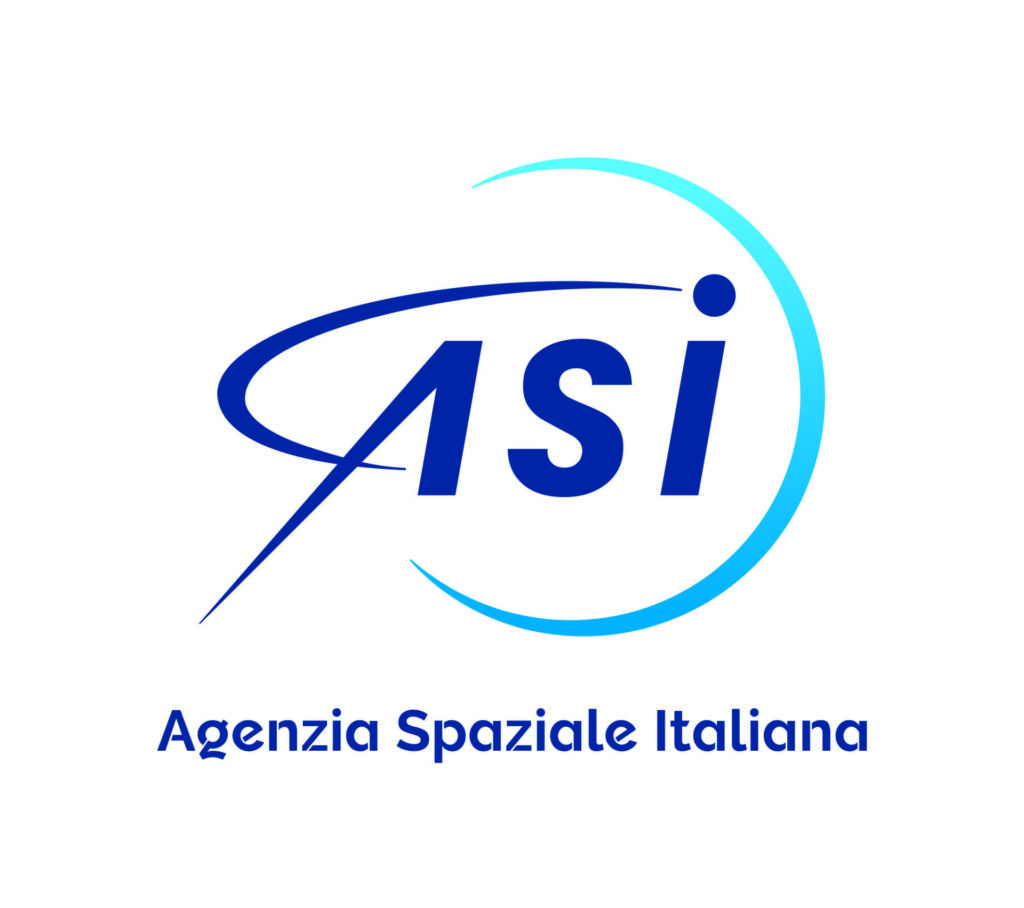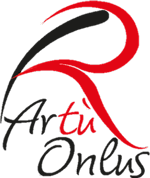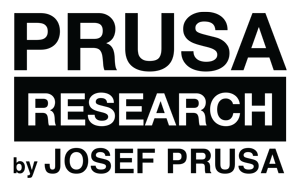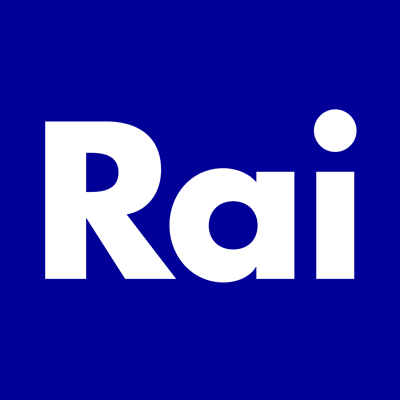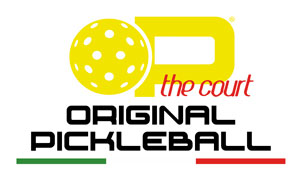Fish waste can be put into production as an alternative to exotic leathers
Thirty two million tons of annual fish waste can be put into production as an alternative to exotic leathers from endangered species, as new research sets out to show that fish leather is viable to take forward for commercial use in the fashion industry.
The Fishskin research project focuses on developing fish leather as a new raw material suitable for the fashion and luxury markets, to enable currently-discarded fish skin to go into commercial production within years. Bringing together academic and industrial experts from fashion design, material science and marine biology, the project will develop new techniques and processes for a market take-up of fish leather at an industrial scale.
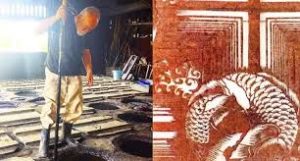
Developing fish leather for the fashion industry is based on years of research and experience by Elisa Palomino, a researcher at UAL’s Centre for Sustainable Fashion at London College of Fashion, and Pathway leader in Fashion Print at UAL’s Central Saint Martins, who designed fish leather garments and accessories for John Galliano and Christian Dior in 2002.
“We were amongst the first brands to use fish leather and by doing so, we situated the barely unknown sustainable material within the context of the luxury Industry. As the researcher, I offer experience drawn from over twenty-five years designing for luxury fashion brands internationally. This is complemented by my current practice as educator at the BA Fashion Print at Central Saint Martins, and fashion lecturer at international universities, supporting students in engaging with sustainability. The strengths from both disciplines will be useful for this research”, says Elisa Palomino.
Within this project, traditional heritage techniques for fish skin tanning and documentation of traditional methods will be re-examined and investigated through a modern scientific prism. Fish skin samples have been produced in collaboration with Japanese craftspeople utilizing variations of indigo and natural dying techniques as well as contemporary techniques of UV light and water ink digital printing.

In 2018, Elisa collaborated with Atlantic Leather in the development of ‘Fishskinlab’, a Worth Partnership Project, funded by the European Commission, EASME, under (COSME 2014-2020) to produce a collection of bags made of fish leather developing new embellishments and eco-friendly digital printing.
In 2019, Elisa received a Fulbright UK US scholarship to develop an educational research project entitled “Indigenous Arctic fish skin clothing: Cultural and ecological impacts.” working with William Fitzhugh, director of the Arctic Studies Center at the National Museum of Natural History, Smithsonian Institution, and his team to understand fish skin’s cultural, environmental, social, spiritual and technological significance traced back to the Arctic indigenous peoples. Fish leather has been used for centuries by the Inuit, Yup’ik and Athabascan of Alaska and Canada; Siberian peoples, such as the Nivkh and Nanai; the Ainu from the Hokkaido island in Japan and Sakhalin Island, Russia; the Hezhe from northeast China, and Icelanders.
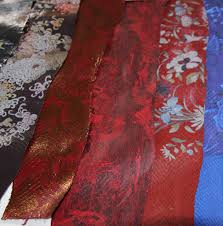
Today, fish skin is increasingly seeing a resurgence because it can support the demand for sustainable materials and processes that can support a circular economy as brands and fashion houses leave behind the use of toxic or environmentally damaging materials.
It requires less energy and resources to cultivate than conventional materials. Skins are sourced locally from nearby fisheries. Sourcing and processing raw materials close to home shortens transport routes, lowers carbon footprint and increases transparency across the supply chain. Nearshoring’ the fish leather production has also provided new job opportunities for the coastal communities.
None of the fish used to make this alternative leather are farmed for their hides. This waste product requires no extra resources to produce and has a low environmental impact. The processing of fish skin leather avoids throwing the fish skins into the ocean and can significantly reduce marine pollution and sustainably protect marine ecosystems supporting healthy and productive oceans.
Fishskin is funded by the European Union’s Horizon 2020 research and innovation programme under the Marie Skłodowska-Curie grant.
_____________________________________________________________________________________________________________________________________
Maker Faire Rome – The European Edition has been committed since eight editions to make innovation accessible and usable to all, with the aim of not leaving anyone behind. Its blog is always updated and full of opportunities and inspiration for makers, makers, startups, SMEs and all the curious ones who wish to enrich their knowledge and expand their business, in Italy and abroad.
Follow us, subscribe to our newsletter: we promise to let just the right content to reach your inbox












